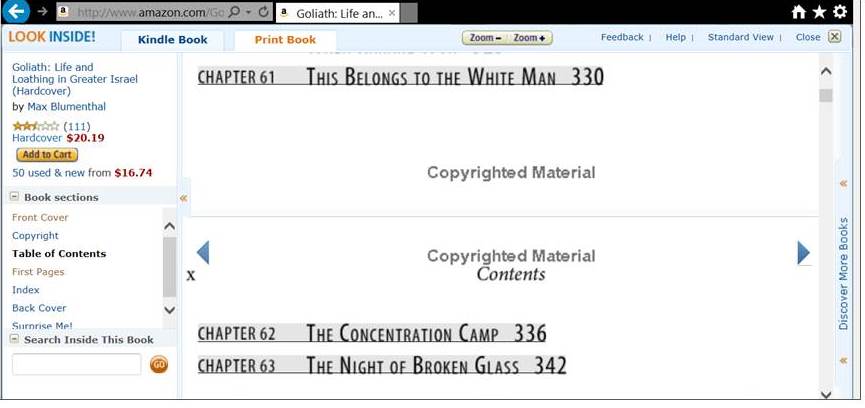Indifference, to me, is the epitome of evil – Elie Wiesel
Purim commemorates a time (roughly 423 BCE) when the Jewish people living in Persia were saved from extermination. The hereos of the story are Esther, a young Jewish woman living in Persia, and her cousin Mordechai, who raised her as if she were his daughter.
Esther was taken to the house of Ahasuerus, King of Persia, to become part of his harem, and made her queen, as the king did not know that she was a Jew.
The villain of the story is Haman, an egotistical advisor to the king.
Haman hated Mordecai because he refused to bow down to him. So Haman plotted to destroy the Jewish people. Haman told the king,
“There is a certain people scattered abroad and dispersed among the peoples in all the provinces of thy kingdom; and their laws are diverse from those of every people; neither keep they the king’s laws; therefore it does not profit the king to suffer them.”
The king gave the fate of the Jewish people to Haman, who planned to exterminate all of the Jews.
Mordechai persuaded Esther to speak to the king on behalf of the Jews, though this was very dangerous for Esther to do because going before the king without being summoned could result in execution.
However, Esther went to the king, who actually welcomed her.
Esther told the king of Haman’s plot, who was moved by her plea, and the Jews were saved.
Purim is a joyous holiday. In addition to hearing the reading of the book of Esther, known as the Megillah, we are also commanded to eat, drink and, well, be merry.
Carnival-like celebrations are typically held to celebrate the holiday and, in Israel, its hard to forget the holiday as the sight of costume-adorned Israelis, both children and adults, fill the streets.
When I first came across the following video of Purim celebrations in Tel Aviv in 1932 I was amazed to see a glimpse of life in the country 16 years prior to Independence – the joy, spirit and merriment in the first Hebrew city.
But, it was also impossible not to recall that 1932-1933 marked the rise of the Nazis regime – fateful years which ushered in the rise of an the era’s new Haman who, though ultimately vanquished, extinguished one half of European Jewry.
Our day’s Persian Haman is given subsistence due to cynicism, indifference, ignorance and forgetfulness.
Whether secular or religious, being a Jew means remembering.
Elie Wiesel wrote:
I marvel at the resilience of the Jewish people. Their best characteristic is their desire to remember. No other people has such an obsession with memory.
No, Judaism isn’t defined merely by adherence to Torah (the Hebrew Bible) or Halacha (Jewish law) but, rather, to a collective historical memory regarding those who have sought, and currently seek, our destruction – and the stubborn refusal to be assigned to the dustbin or history.
Today is the day to remember what the committed few can do against the powerful many.
Purim Sameach!
[youtube=http://www.youtube.com/watch?v=LpnqdxvuDPU&feature=related]






